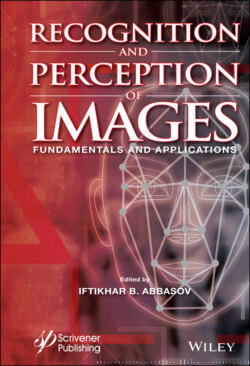Читать книгу Recognition and Perception of Images - Группа авторов - Страница 33
1.3.5 The Stroop Effect
ОглавлениеThe imposition of various installations based on the effect of J. Stroop is associated with the reading of textual characters in the presence of distracting factors. This effect is manifested in the fact that the subjects are slower to cope with the task, if they have to determine what color is printed on the word, which indicates a different color. For example, the word “blue” is printed in red paint (Figure 1.3.23); you can try to voice the color of words without being distracted by their context [Abbasov, 2019].
There is also the phenomenon of synesthesia (color hearing), when two sensory systems of sight and hearing are connected and influence each other in the final perception. A person with color hearing, when listening to music, sees color visual images. Such people are called synesthetics; they can read plain text without any problems, although each letter (sound) has a different color for them. When they are presented with a text of multicolored letters, they feel uncomfortable, they begin to stumble, the speed of reading slows down. For them, the randomly given color of the letter does not coincide with their perception of the color of the letter. In the history of music many famous Russian composers were synesthetics, including A.N. Scriabin and N.A. Rimsky-Korsakov. Frenchman O. Messiaen and Lithuanian musician and artist M.K. Churlionis were also synesthetics.
Figure 1.3.23 The task for the Stroop effect.
